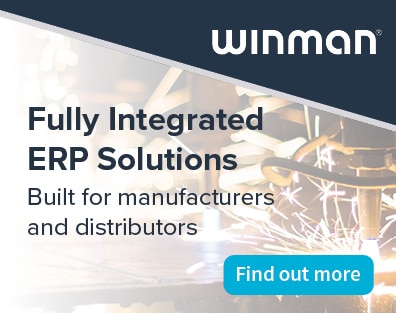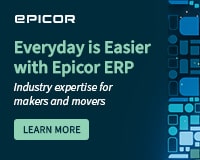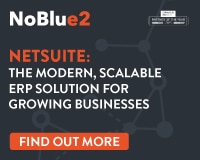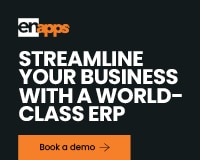An ERP (Enterprise Resource Planning) system’s structure is built around a central, shared database and a suite of integrated modules that support various business processes. This structure allows for real-time data sharing and streamlined operations across different departments. ERP systems often use a three-tier architecture: presentation, application, and database layers.
Here it is explained in more detail:
Core Components:
Centralised Database:
A common database acts as a single source of truth for all business data, ensuring consistency and accuracy across departments.
Integrated Modules:
ERP systems are modular, meaning they consist of individual modules (e.g., finance, HR, manufacturing) that work together to manage specific business processes.
Business Processes:
ERP systems are designed to support and automate various business processes, such as order processing, inventory management, and accounting.
Three-Tier Architecture:
Presentation Layer:
This layer provides the user interface for interacting with the ERP system. It includes web interfaces, mobile apps, and other ways to access and use the system.
Application Layer:
This layer contains the application logic, business rules, and processes. It manages data flow, performs transactions, and executes business processes.
Database Layer:
This layer stores all the data within the ERP system. It uses a Database Management System (DBMS) to manage and access the data.
Functionality:
Data Management:
ERP systems manage and integrate various business data, providing a centralized view for decision-making.
Process Automation:
They automate routine tasks, reducing errors and freeing up employees for more strategic work.
Real-time Reporting:
ERP systems provide real-time data analysis and reporting capabilities, helping businesses make informed decisions.
Integration:
ERP systems integrate various business functions, such as finance, HR, sales, and manufacturing.
Scalability and Flexibility:
ERP systems are designed to be scalable and flexible, allowing businesses to adapt to changing needs.
Learn more about which ERP system is best suited to your business – register for our next ERP Discovery Day at itSHOWCASE






